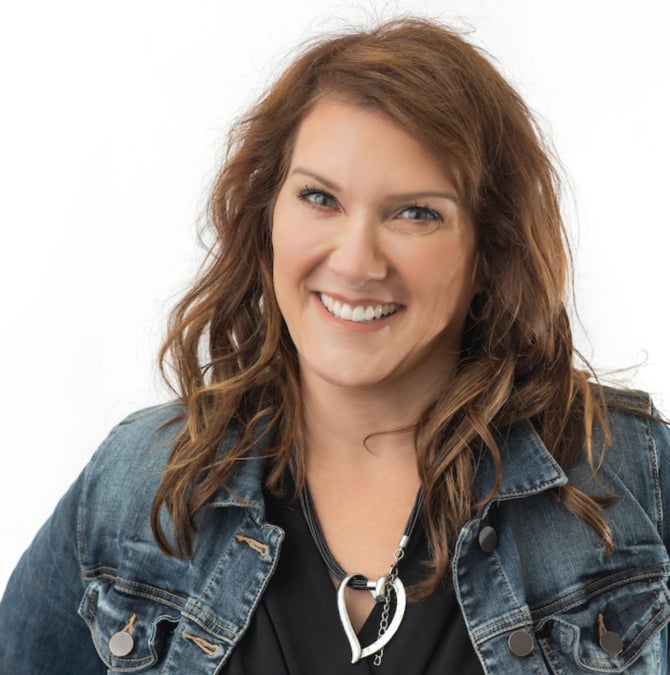Body Contouring
After any significant weight loss due to weight loss surgery and/or lifestyle changes, skin and the underlying tissues often don’t retain enough elasticity to align with the body’s smaller size, resulting in areas of sagging skin.
Body contouring surgery after a major weight loss removes this excess skin and fat while improving the shape of the underlying support tissue. The result is a better-proportioned appearance with smoother contours.
- Body contouring may encompass more than one procedure, including:
- Arm lift to correct upper arm sagging
- Breast lift to correct sagging, flattened breasts
- Facelift to correct sagging of the mid-face, jowls and neck
- Lower body lifts to correct sagging of the abdomen, buttocks, inner and outer thighs
- Medial thigh lift to correct sagging of the inner thigh
- Tummy tuck to remove excess skin hanging over the abdomen
What benefits can body contouring give me?
After significant weight loss, excess skin can be a cause for self-consciousness, but can also cause discomfort. Body contouring can reduce or eliminate chafing and pulling that may occur, as well as further reduce the amount of weight a patient carries, making daily activities such as getting dressed and walking easier and more comfortable.
What can I expect during body contouring?
Body contouring is performed while the patient is under general anesthesia and is often performed in stages, depending on the number of procedures and the amount of skin removal needed.
All body contouring procedures require large incisions to remove excess skin. In many cases, these incisions may be extensive.
Incision length and pattern depend on the amount and location of excess skin to be removed, as well as personal preference and your doctor’s judgment. Surgeons are often able to make incisions in strategic locations where they can be hidden by most types of clothing, but this is not always the case.
What can I expect during recovery from body contouring?
During your recovery from body contouring surgery, dressings or bandages will be applied to your incisions. Small drainage tubes may be temporarily placed under the skin to drain any excess blood or fluid that may collect.
You will be given specific instructions about how to care for the surgical site(s), medications to apply or take orally during recovery, what concerns to look for and when to follow up with your surgeon.
You may be instructed to avoid bending, straining or lifting for several days to weeks. If your body contouring includes procedures to tighten the abdominal area or thighs, your plastic surgeon may also instruct you to avoid standing fully upright to prevent putting stress on internal sutures as they heal, and to sleep with pillows elevating your knees.
To minimize the risk of DVT (blood clots in the legs) you will need to be up and walking as soon as possible, and drink plenty of fluids.
Is body contouring right for me?
To determine whether or not body contouring is the right procedure for you, schedule a consultation with one of our board-certified plastic surgeons. During your visit, your doctor will speak with you about the goals you have for your appearance. In addition to deciding on your treatment plan, your doctor will also ask you about your medical history. Bring a list of medications, supplements and vitamins you take, and have a list prepared of the questions or concerns you may have, as being open with our specialists is key to a safe and successful surgery.
Read the MultiCare Vitals blog article Skin removal surgery: Is it right for me?
Contact us for a consultation
Plastic & Reconstructive Surgery
Tacoma: 253-403-2120
Facial Plastics & Medical Aesthetics
Puyallup: 253-697-8980
Auburn: 253-545-5880

